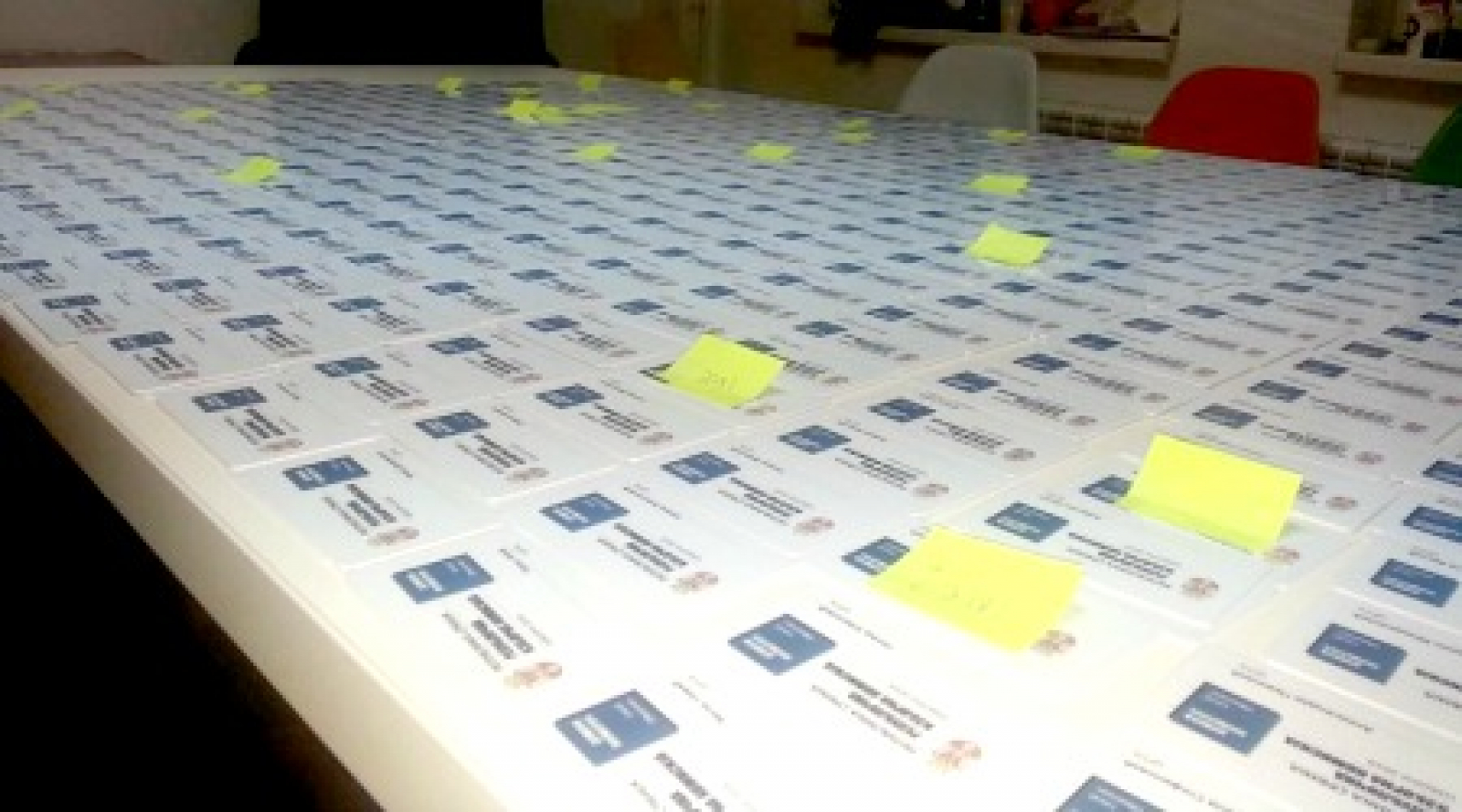
SHARE
Quick, reliable information about election results and processes is essential to ensure confidence in elections. Equipped with strong data that is rapidly collected and analyzed, unbiased observers can dispel (or verify) rumors about an election and help strengthen public trust in the results. This is where innovative technologies play a crucial role. New technologies can minimize the often time-consuming process of collecting, cleaning, and analyzing large amounts of data originating from thousands of polling stations nationwide. Nonpartisan election observation missions can also use technology to ensure the public quickly sees critical data that the observers collect, when it matters most.
One standout example is the recent “Citizens on Watch” campaign from The Center for Research, Transparency, and Accountability (CRTA) in Serbia. CRTA works with citizens to improve the openness and accountability of their government institutions using innovative technological solutions, such as the Istinomer (“Truth-O-Meter”) website that evaluates politician's statements and the Otvoreni Parlament (“Open Parliament”) portal that raises awareness about Parliament’s work, to advocate for accountability. Ahead of Serbia’s early parliamentary elections in April, CRTA took on a new element of transparency and accountability: their first-ever election observation effort.
CRTA trained and deployed 1,100 citizen observers to monitor the process throughout the country, reached nearly one million people via its social media channels
Leading up to the April 24 election, social media and traditional online media outlets were littered with comments reflecting citizens’ mistrust in the election process. “[We haven’t] received any valid and justifiable reason for having these elections, except for ‘a better future for Serbia’ and exclusively personal and party interests,” wrote one woman on the N1 news site. Like her, many citizens did not see the point of holding early elections. The lack of clear party platforms, the dominance of strident inter-party critique in the media coverage, the abuse of government resources to gain electoral advantage, and the relatively controlled media only added to citizens’ wariness.
This lack of trust in the elections and the campaign mirrors the overall distrust of political and civil society institutions in Serbia, where trust in these bodies is the lowest in the region. With this in mind, CRTA did not just want to monitor the election process—it also dedicated itself to sharing its findings with citizens and putting citizens at the center of its monitoring efforts. To this end, CRTA trained and deployed 1,100 citizen observers to monitor the process throughout the country, reached nearly one million people via its social media channels, and countless more as its findings were picked up by the mainstream media.
In order to independently verify the election results, CRTA deployed monitors to 450 randomly selected, statistically representative polling stations across the country on election day. CRTA then analyzed the data monitors provided on strengths and irregularities at each station via the parallel vote tabulation (PVT) methodology. In this methodology, reports from monitors on the integrity of the voting process are used to precisely project voter turnout and results, as well as the presence and scale of any irregularities in the voting process.
To bolster confidence in civil society and allay demands for immediate election results, CRTA added a novel element to their election monitoring initiative: a livestream. Throughout election day, the public could tune in to the PVT process and see how election observers were collecting and processing information as it came in. Where before citizens only had access to the end results, the livestream brought them into every step of the process.

CRTA Livestream Viewers by Hour
At the end of election day, pressure for results skyrocketed. Serbia’s Central Electoral Commission was unable to report final results, ultimately calling for a re-run of elections at 15 polling stations the following week; the opposition claimed there was enough evidence to suggest that the elections were rigged. This made CRTA’s strong analysis and livestream all the more crucial. When suspicion was cast on the electoral process, CRTA showed the 3,877 citizens who watched the livestream exactly what they were doing to assess the situation.
In Serbia, this tech-fueled transparency made CRTA one of the few credible sources of information in the fraught political atmosphere. By providing continuous, transparent information, CRTA helped to bolster public confidence in the election process and its results. It also set a precedent of pre-election monitoring in Serbia that can be used to highlight areas for further investigation. However, the challenges Serbia faced in this election are not unique. In many other countries around the world, there is a similar lack of trust in civil society organizations that monitor elections, while citizens want immediate results. CRTA’s pioneering livestream is a simple but powerful tool, one that can be deployed around the world to build citizens’ trust in their country’s elections.
"It's good to have someone who informs the public! Bravo CRTA!" - Online public comment
The National Democratic Institute (NDI) provided technical assistance to CRTA in developing and implementing a systematic, evidence-based, election observation initiative for the April elections, with funding from the Open Society Foundation.


